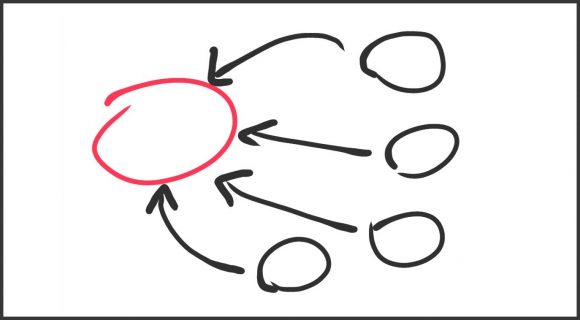Many presenters face this issue when making a new PowerPoint presentation. They give their audience all the details before telling them the main point. This usually backfires.

Put The Conclusion in the Beginning
John Medina did some interesting research on this topic in his book Brain Rules. His research found that if you put the data before the conclusion in a presentation; it causes a lot of confusion. The audience will not know what to do with the data and information being presented to them. They wont know what data is more important, and what is least important. When you eventually tell them the conclusion, they don’t even remember most of the data that supports the claim. So, presenting the conclusion earlier is much better than presenting it later.
But I Want Them To Discover How I Learned
A presenter may want their audience to know the subject matter the same as they did. The presenter may think of their own journey and have others go on this journey with them. This may appear to be the best way for putting all this information together.
Does The Audience Want To Go on This Journey?
The problem with this kind of presentation is that the majority of your audience people may receive the same information differently. Carl Jung was a Swiss psychiatrist and psychotherapist who used analytical psychology to prove that almost everyone can be assigned one of his 16 personality topology types. You can further simplify these 16 to 8.
This is why we have presentations to communicate a message to many different personality types all at once; you need to use material that is general and universal.
State The Purpose of The Presentation in the Start
People expect the presenter to help them solve a problem or to complete a certain project. People need to know that they have came to the right place. Tell everyone the purpose of the presentation and how this presentation will help them get from where they are to a more favorable conclusion.

Leave a Reply